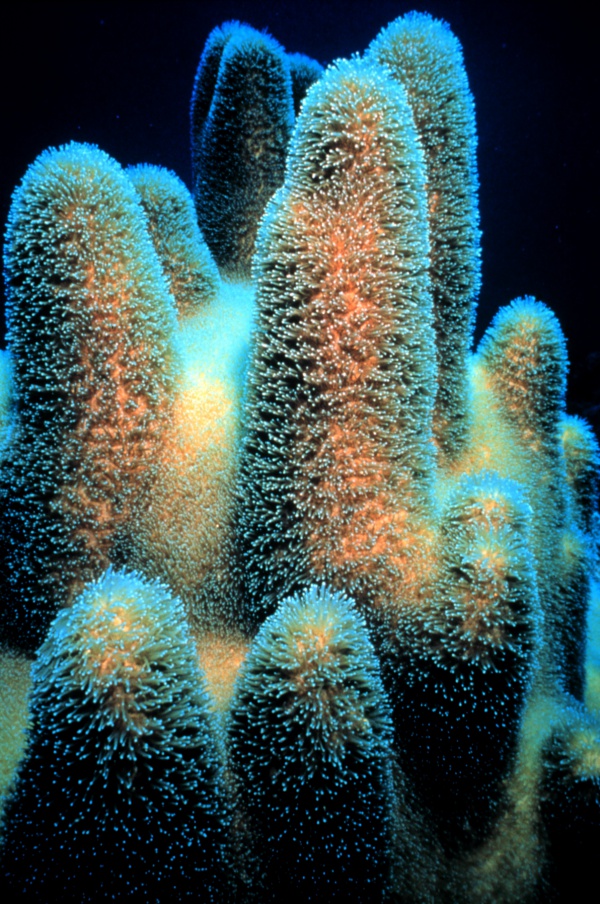Facts About Pillar coral
Pillar coral, scientifically known as *Dendrogyra cylindrus*, is a captivating species of hard coral native to the western Atlantic Ocean and the Caribbean Sea. As the sole species within its genus, *Dendrogyra*, it is easily distinguishable by its unique growth pattern, characterized by finger-like or cigar-shaped pillars that lack secondary branching. These pillars can attain impressive heights of up to 3 meters and usually exceed 10 cm in width. A notable feature of pillar coral is its polyps, which are visible during the day, giving the coral a furry appearance due to their waving tentacles.
This coral flourishes in warm waters, typically at depths ranging from 1 to 20 meters. It is commonly found in regions such as the Bahamas and the northern coast of Jamaica. Sadly, while it previously thrived off the coast of Florida, over-collection has resulted in a significant decline in its numbers in that area. Pillar coral is absent in Bermuda, Panama, and Colombia.
As a zooxanthellate species, pillar coral has a symbiotic relationship with dinoflagellate algae. These algae perform photosynthesis, helping the coral obtain nutrients. Although it exhibits slow growth, pillar coral is known for its longevity and ability to regenerate new pillars if the colony becomes dislodged. It reproduces via gamete release into the water, with larvae eventually settling on the seabed to form new colonies.
Pillar coral is classified as "Vulnerable" on the IUCN Red List, a status attributed to various factors including low recruitment and survival rates of juveniles, vulnerability to bleaching and white plague disease, and threats from hurricanes and tropical storms. Despite these challenges, pillar coral can recover from broken fragments, and conservation efforts within marine parks are aiding in its protection from human disturbances. Nonetheless, the emergence of stony coral tissue loss disease poses a new threat that could lead to local extinctions and significantly impact pillar coral populations.

 Mexico
Mexico